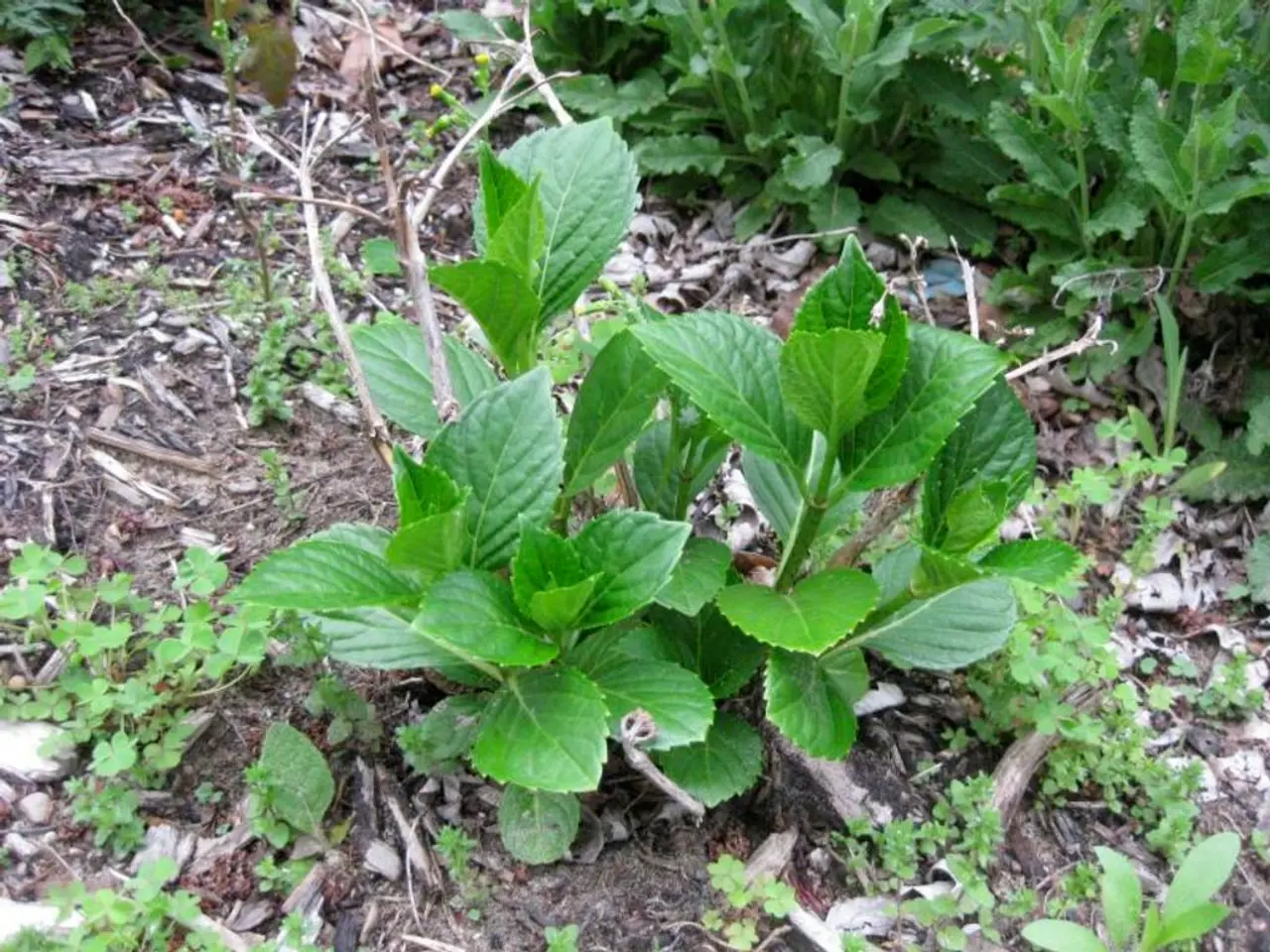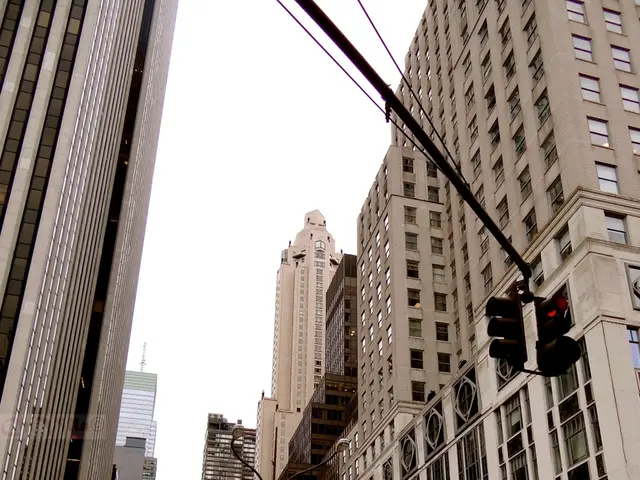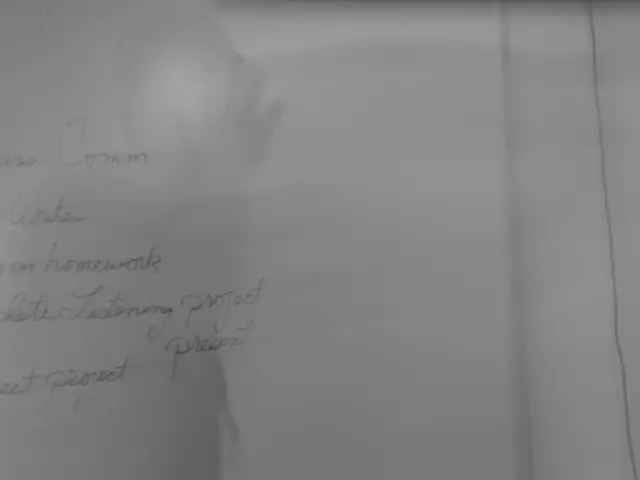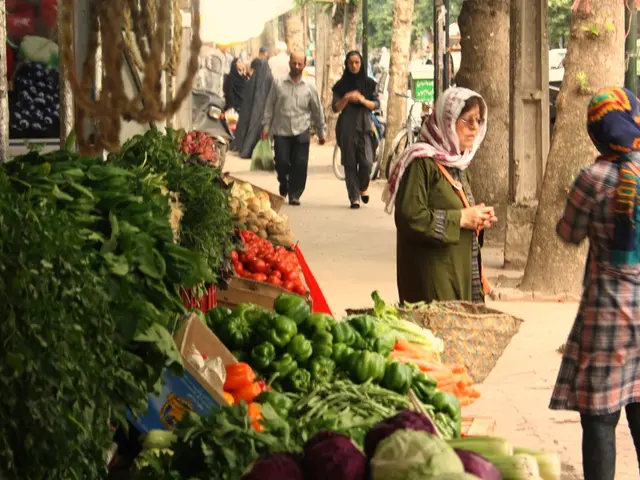Expanding Herbicide Market valued at approximately USD 56.8 billion by 2034, recording a steady growth rate of 5.0% CAGR
The global herbicide market is experiencing significant growth, with a projected value of USD 56.8 billion by 2034, growing at a CAGR of 5.0% from 2025 to 2034. This growth is primarily driven by the increasing demand for staple foods, particularly in developing regions.
Cereals and grains, which play a critical role in global food security, account for a significant portion of herbicide use and currently hold the largest crop segment in the market, representing 48.9% market share. Selective herbicides, which target specific weeds while sparing crops, are particularly important in modern farming, ensuring minimal crop damage and high yield quality. In 2024, these selective herbicides dominated the market, accounting for an 87.3% market share.
The Asia-Pacific region leads the global herbicide market, holding a 42.3% share and contributing USD 14.7 billion in 2024. This regional dominance is due in part to the high demand for staple crops in the region and the adoption of modern farming practices.
Innovation in the herbicide market is driven by factors such as the adoption of genetically modified crops and precision agriculture, as well as advancements in spraying technologies. Modern spraying technologies improve application precision, reducing waste and enhancing cost-effectiveness in foliar herbicide use. Foliar application methods, which are favored for their rapid and effective weed control, captured 51.6% of the herbicide market in 2024.
Major players in the herbicide market include Corteva Inc., Bayer AG, and BASF SE. Corteva Inc. is launching and developing new herbicide formulations, including Kyro herbicide and expanding the use of Reklemel active ingredient platform. Bayer AG is investing in next-generation weed control, with a focus on the DASH herbicide system for precise application and reduced environmental impact. BASF SE is focusing on sustainability and resistance management in its herbicide pipeline, introducing Luximo herbicide and global rollout of Luxxuron.
Regulatory challenges and environmental concerns are pushing innovation towards bioherbicides, ensuring long-term market potential. Drexel Chemical Co. Inc. is focusing on expanding production and registration of established herbicide active ingredients, ensuring reliable supply and broad availability of key generic herbicides.
In 2021 and 2022, Bayer, headquartered in Germany, achieved the highest sales in the herbicide sector, primarily due to its globally leading product, glyphosate. However, no precise figures for herbicide sales alone were found in the provided sources.
Herbicides are widely used in agriculture for weed control, boosting crop yields and reducing manual labor. They are also used for urban landscaping maintenance, aquatic weed management, forest management support, and in research for herbicide resistance. Despite the benefits, the use of herbicides is not without controversy, and regulatory bodies and environmental groups continue to monitor their impact closely.




